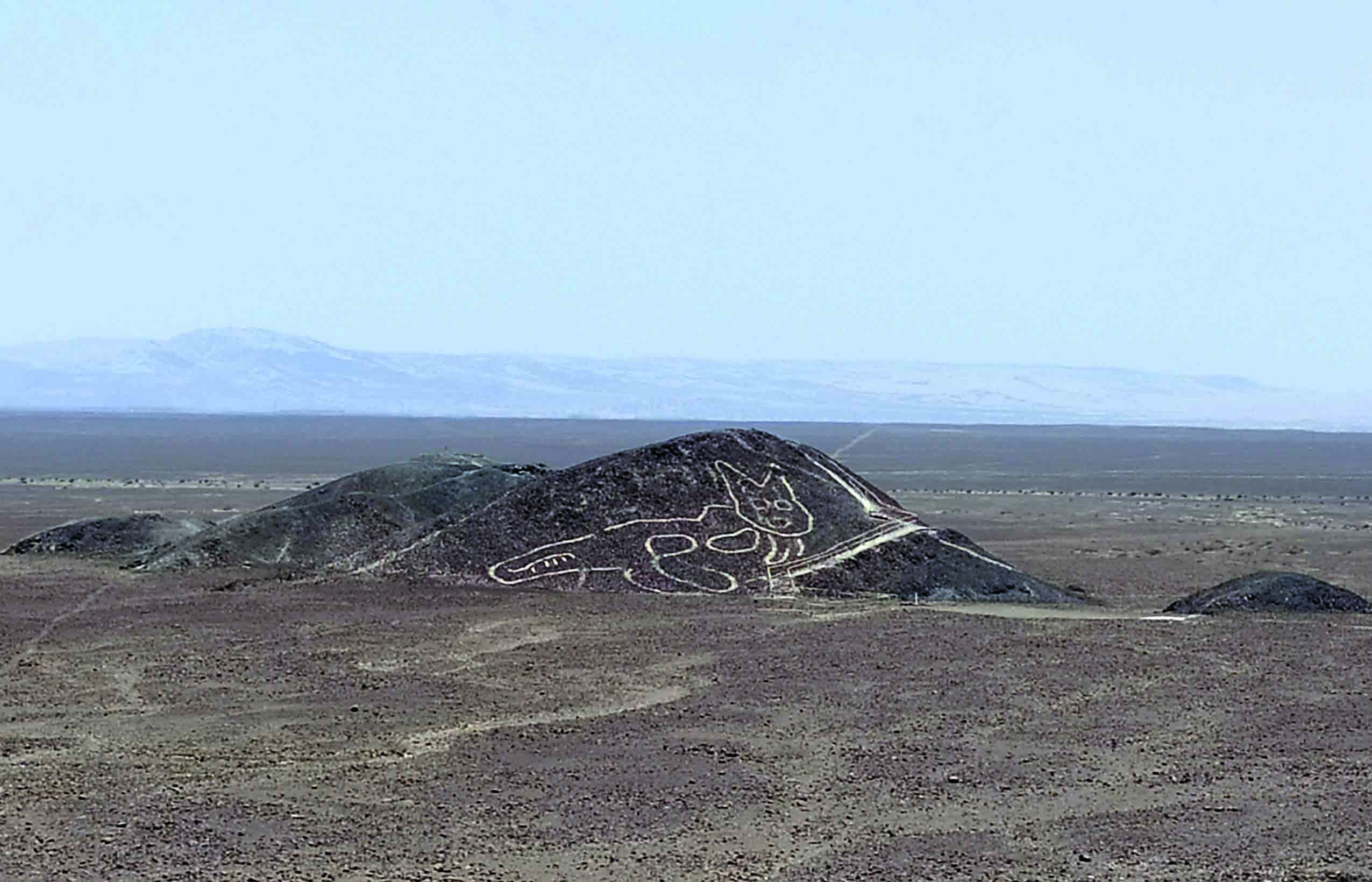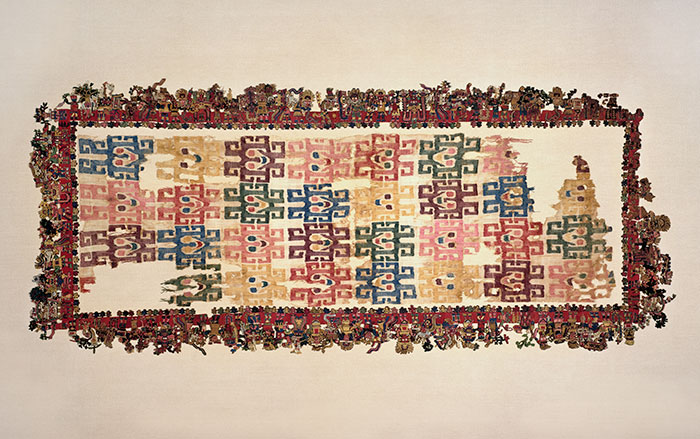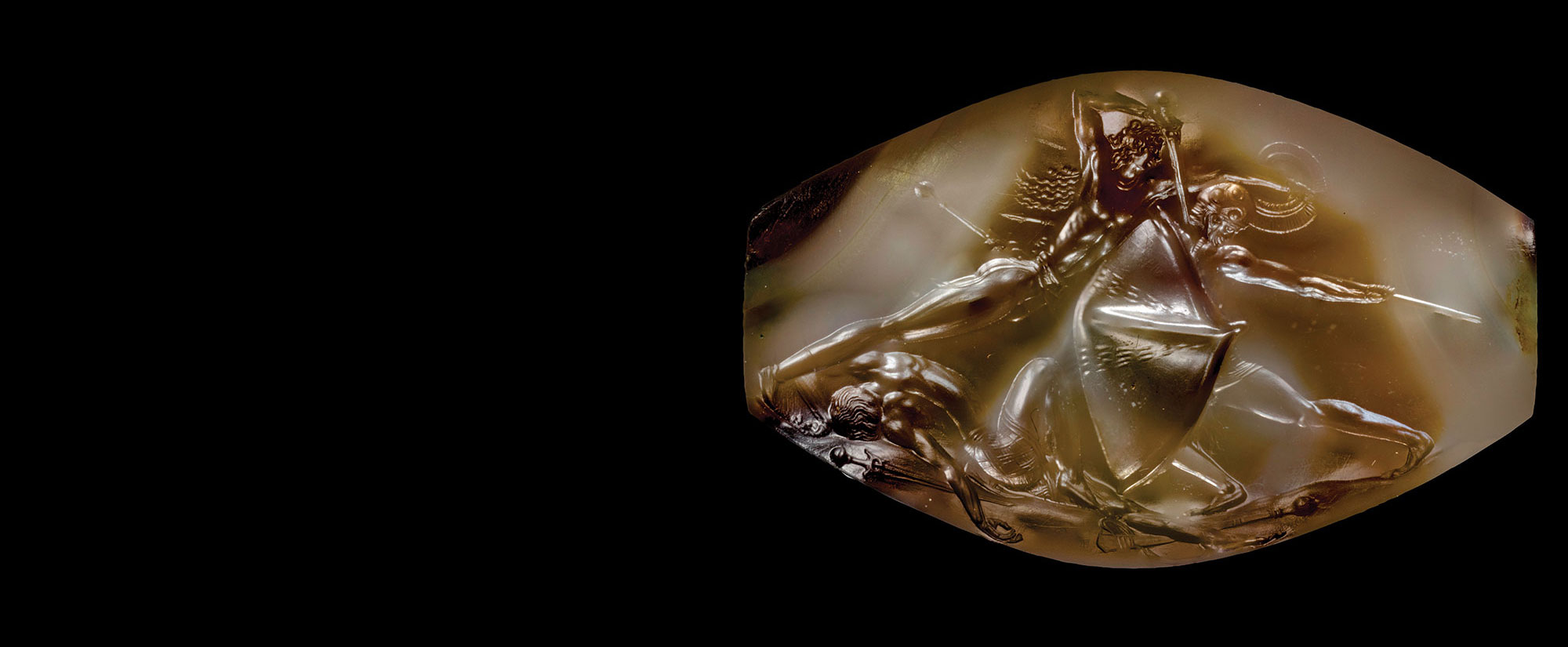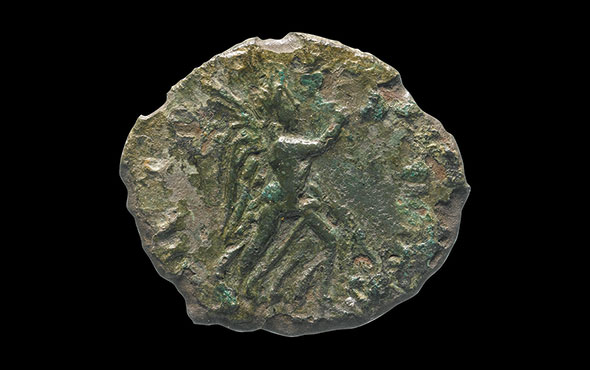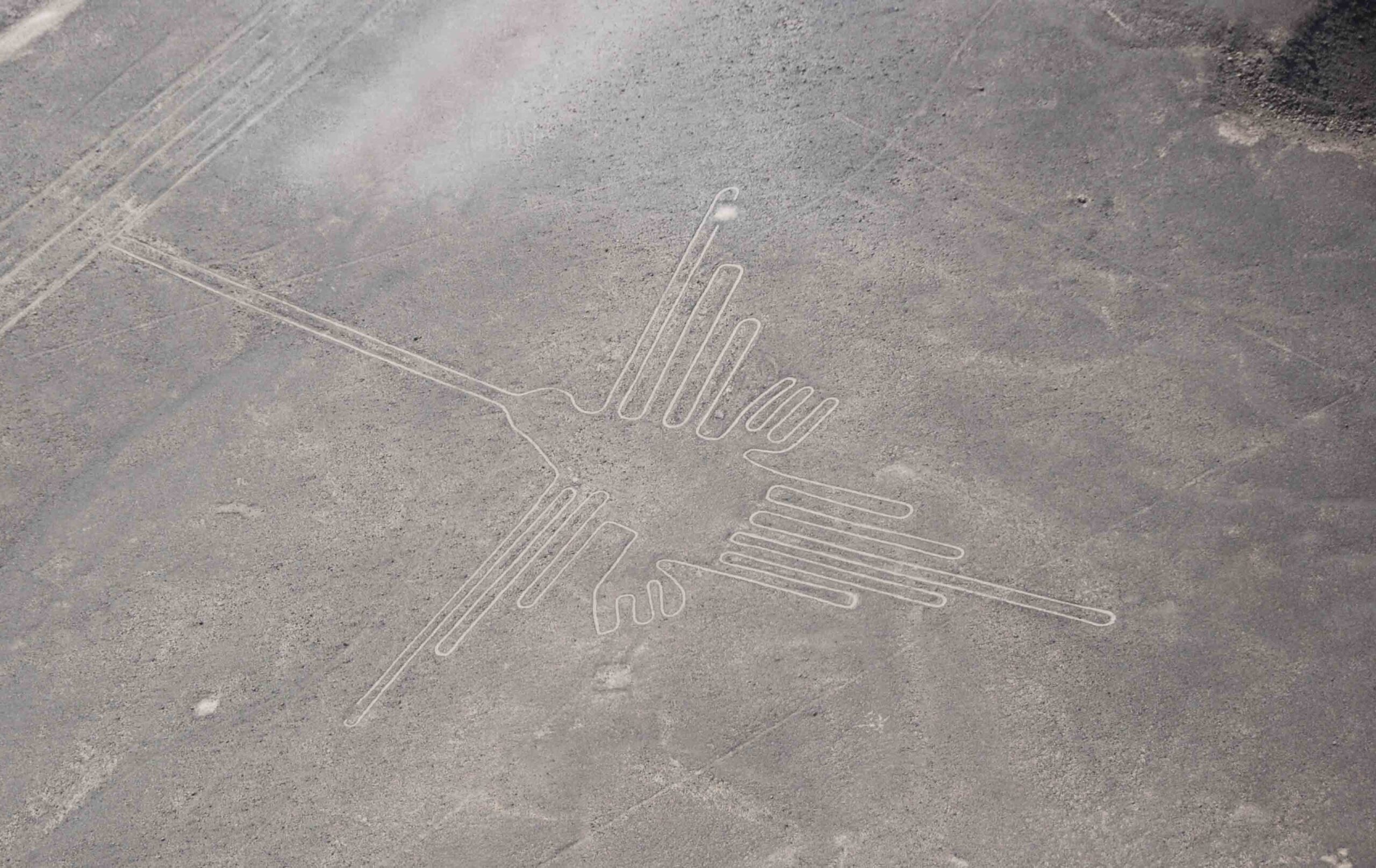

Sixteen of the mysterious geoglyphs known as the Nazca Lines depict birds—more than any other type of plant or animal. A team of researchers from Japan recently set out to determine which bird species were rendered in the deserts of southern Peru between 2,400 and 1,300 years ago. They have concluded that one image, previously identified simply as a hummingbird, actually represents a specific type of hummingbird called a hermit, which is distinguished by its long, pointed tail.
Two geoglyphs were found to show pelicans, and another appears to be a baby parrot. The geoglyph creators must have had a penchant for depicting exotic species, as none of these birds live in the Nazca region. In a number of cases, the avians had features that could not be reconciled with any known bird. “I don’t think all the Nazca bird geoglyphs were modeled on real bird species,” says Masaki Eda of the Hokkaido University Museum. “I think some of them combined the traits of several different birds.”



